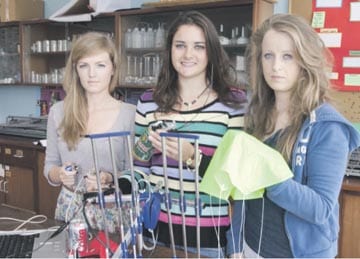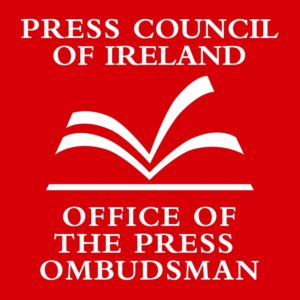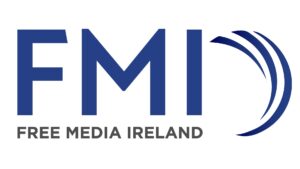
They are, Roisin Ahearne, Kildimo, Genevieve McPhilemy, Corbally and Orla O’Brien, Patrickswell, led by physics teacher Siobhan Crowe.
The competition is organised by the European Space agency and is part of their initiative to inspire young people to follow a career in science or engineering.
Out of 33 projects submitted from across Europe, 11 were selected to go through to the final.
Over the past number of months, the chosen teams, each from a different European country, have worked on building a device which they will launch at the Andoya Rocket Range in Norway.
The team from Laurel Hill, named Truailliu, has been challenged with the mission to measure air temperature, air pressure and the levels of methane and carbon dioxide to help indicate levels of pollution in the atmosphere.
The competition offers a unique experience by enabling dialogue and interaction between students and teams from the participating countries.
The Limerick contingent will be facing stiff competition from students from 10 other European countries.
Leading the project, physics teacher, Siobhan Crowe, told the Limerick Post: “We are delighted to have this opportunity to represent Ireland. Having worked on this project for the past number of months, the team has put significant effort into achieving our goal and we are very proud of what we’ve created.
“Each student was given a role in the project such as programming, processing, data logging and design. The whole process has been a true team effort and regardless of the outcome, we are extremely proud of our achievement”.
Adding to this, Ann Fitzpatrick, ESERO (European Space Education Resource Office) manager said: “Best of luck to the team from Laurel Hill. The competition is a great way to encourage students to become more actively involved in science and in particular physics. The students have illustrated great creativity and innovation in this project and we’re looking forward to hearing how they get on in Norway”.





